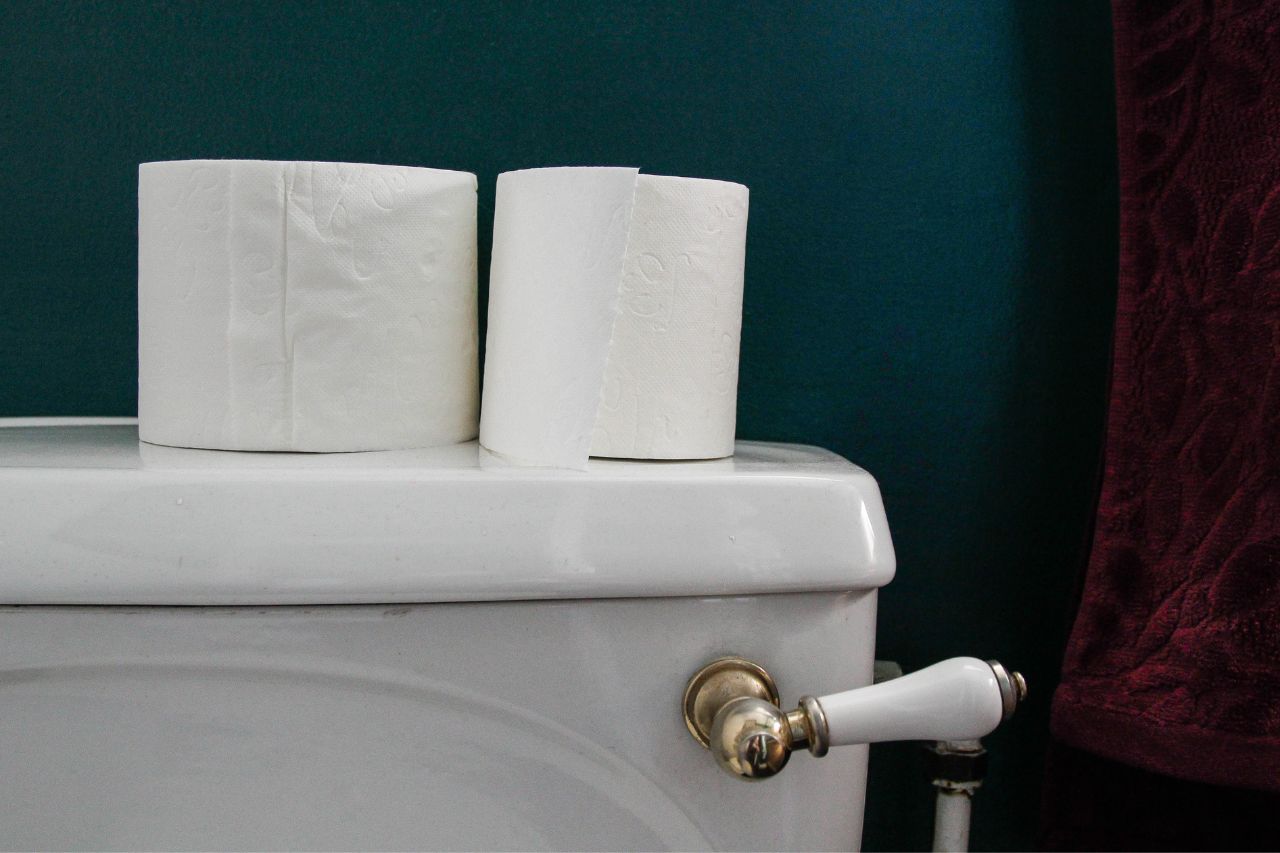Why Is My Poop Green

It’s not uncommon for people to wonder, “Why is my poop green?” Or yellow, white, black, red, or other colors. That’s a reasonable question, as stool color can indicate changes in our health.
This article addresses stool color and what it can tell you about your body’s condition, what you’re eating, etc.
These are the first two things to suspect when considering green stool causes or any color change that catches your attention.
That said, there are exceptions to that rule of thumb, as indicated below. And as with anything that concerns you about your health, you should never hesitate to contact your doctor. It’s much better to take action and have them tell you there’s no reason to worry than to ignore a concern and give a health problem time to worsen.
And remember that your doctor has likely seen and heard it all, so you shouldn’t be embarrassed about talking about your poop color!
They can conduct a physical exam and order tests as appropriate to diagnose your condition. They can also refer you to a gastroenterologist — a doctor specializing in digestive disorders — if necessary.
This article addresses stool color and what it can tell you about your body’s condition, what you’re eating, etc.
What Gives Stool Its Color?
Two things tend to affect the color of your stool: What you eat and how much bile it contains. Bile is a fluid that helps you digest fat. It’s naturally yellow/green in hue, and the amount in your stool impacts your stool color.These are the first two things to suspect when considering green stool causes or any color change that catches your attention.
Stool Color: Often Harmless, But Sometimes Concerning
Often, a noticeable change in stool color is temporary and explained by some harmless factor affecting your digestive system. Rarely does a different hue indicate disease or illness.That said, there are exceptions to that rule of thumb, as indicated below. And as with anything that concerns you about your health, you should never hesitate to contact your doctor. It’s much better to take action and have them tell you there’s no reason to worry than to ignore a concern and give a health problem time to worsen.
Stool Colors and Possible Causes
| Stool Color | Possible Causes |
|---|---|
| Green | Food moving too quickly through the digestive tract (e.g., diarrhea); irritable bowel syndrome (IBS); bacterial infection; consuming green or blue fruits, vegetables or herbs; green food coloring; iron supplements; antibiotics |
| Yellow (often greasy and foul-smelling) | Excess fat in the stool from conditions affecting absorption (e.g., celiac disease); eating foods containing gluten |
| Black | Bleeding in the upper digestive tract (e.g., stomach); consuming iron supplements, products for stomach upset or black licorice |
| Bright Red | Bleeding in the lower digestive tract (e.g., hemorrhoids); eating red foods like beets, cranberries, red gelatin or red food coloring |
| White or Clay-Colored | Lack of bile in the stool (e.g., bowel obstruction); large amounts of antidiarrheal or stomach upset medications |
When to Contact Your Doctor About Your Poop Color
Most changes in stool color can be traced to something you consumed. However, if color change persists or is accompanied by symptoms like fever, vomiting, abdominal pain, or unintended weight loss, you should talk with your doctor.And remember that your doctor has likely seen and heard it all, so you shouldn’t be embarrassed about talking about your poop color!
Get Help with Digestive Tract Problems from Baptist Health
If you have a persistent change in your stool color or other symptoms that make you think you have a problem in your digestive tract, your Baptist Health primary care doctor can help.They can conduct a physical exam and order tests as appropriate to diagnose your condition. They can also refer you to a gastroenterologist — a doctor specializing in digestive disorders — if necessary.


.jpg?rev=61ee562da10a4229a5ee71c468722ba7)
